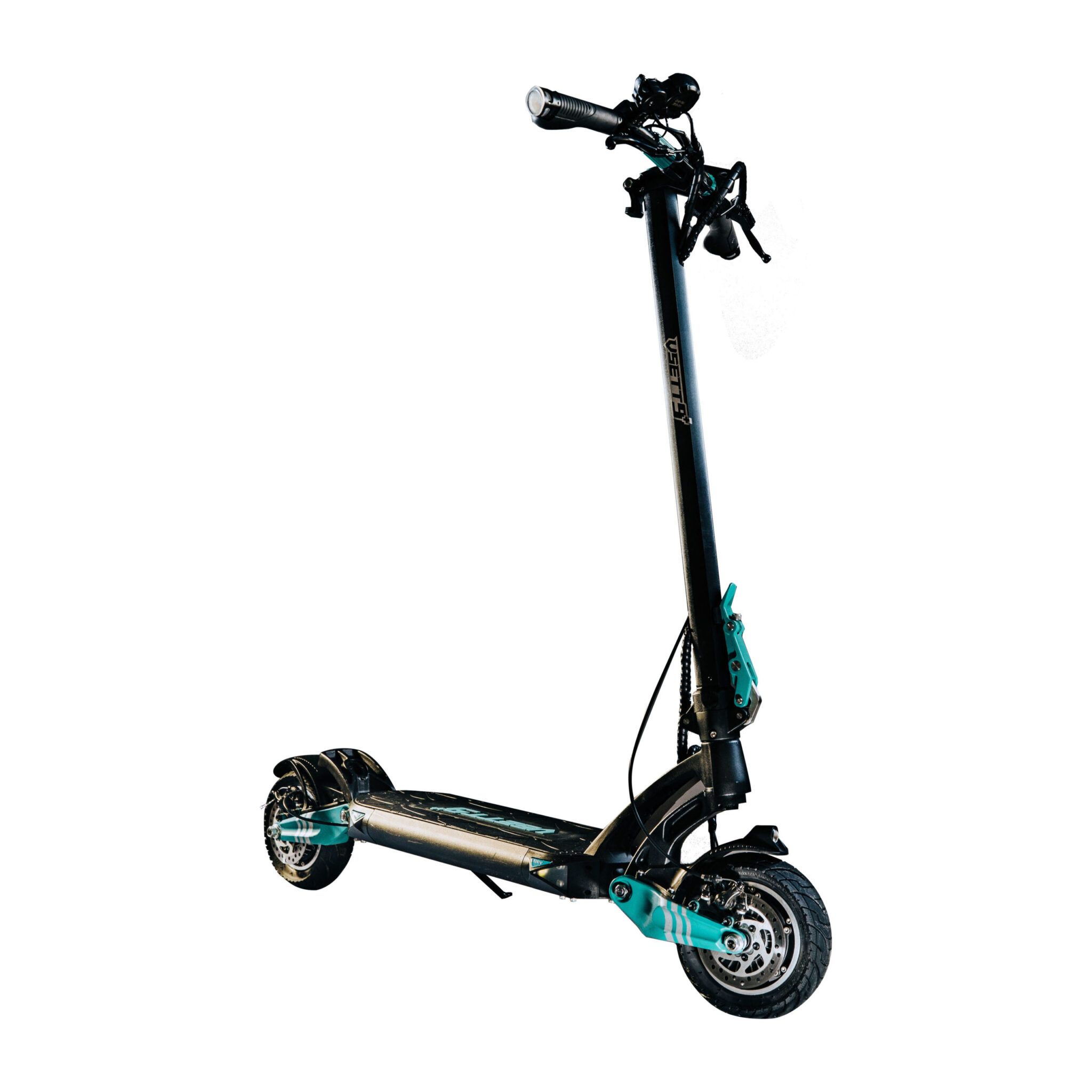How to make electric skateboard battery?
An electric Skateboard battery typically consists of several components, including lithium-ion cells, a battery management system (BMS), and a housing or enclosure. Here is a step-by-step guide on how to make an electric Skateboard battery:
1. Begin by researching and gathering the necessary materials. This can include lithium-ion cells (such as 18650 cells), a BMS, a battery enclosure, nickel strip, nickel-plated steel strips, soldering equipment, and electrical tape.
2. Design and plan the layout of your battery pack. Take into consideration the size and dimensions of your Skateboard deck, as well as the weight distribution of the battery pack.
3. Connect the lithium-ion cells together in a series or parallel configuration, depending on your desired voltage and capacity. Use the nickel strip and soldering equipment to make the connections, making sure that the cells are securely connected.
4. Install the BMS to help manage and protect the battery pack. The BMS will monitor the cell voltages, balance the charge across the cells, and provide protection against overcharging, over-discharging, and short circuits.
5. Place the battery pack inside the enclosure, ensuring that it fits securely and is properly protected. Make sure to leave sufficient space for the BMS and wiring connections.
6. Connect the BMS to the battery pack and make the necessary wiring connections for the Skateboard's motor and other components.
7. Test the battery pack for functionality and safety. Ensure that all connections are secure and that the BMS is functioning properly.
8. Securely mount the battery pack to the Skateboard deck using appropriate hardware and fasteners.
9+. Finally, make sure to follow all safety guidelines and recommendations for using and maintaining the battery pack. This includes properly charging and storing the battery, avoiding extreme temperatures, and regularly inspecting and maintaining the battery pack.
It is important to note that building an electric Skateboard battery requires knowledge of electrical systems and potential risks associated with lithium-ion batteries. If you are not experienced or comfortable with this process, it is recommended to seek professional assistance or purchase a pre-made battery pack.
1. Begin by researching and gathering the necessary materials. This can include lithium-ion cells (such as 18650 cells), a BMS, a battery enclosure, nickel strip, nickel-plated steel strips, soldering equipment, and electrical tape.
2. Design and plan the layout of your battery pack. Take into consideration the size and dimensions of your Skateboard deck, as well as the weight distribution of the battery pack.
3. Connect the lithium-ion cells together in a series or parallel configuration, depending on your desired voltage and capacity. Use the nickel strip and soldering equipment to make the connections, making sure that the cells are securely connected.
4. Install the BMS to help manage and protect the battery pack. The BMS will monitor the cell voltages, balance the charge across the cells, and provide protection against overcharging, over-discharging, and short circuits.
5. Place the battery pack inside the enclosure, ensuring that it fits securely and is properly protected. Make sure to leave sufficient space for the BMS and wiring connections.
6. Connect the BMS to the battery pack and make the necessary wiring connections for the Skateboard's motor and other components.
7. Test the battery pack for functionality and safety. Ensure that all connections are secure and that the BMS is functioning properly.
8. Securely mount the battery pack to the Skateboard deck using appropriate hardware and fasteners.
9+. Finally, make sure to follow all safety guidelines and recommendations for using and maintaining the battery pack. This includes properly charging and storing the battery, avoiding extreme temperatures, and regularly inspecting and maintaining the battery pack.
It is important to note that building an electric Skateboard battery requires knowledge of electrical systems and potential risks associated with lithium-ion batteries. If you are not experienced or comfortable with this process, it is recommended to seek professional assistance or purchase a pre-made battery pack.
Subscribe to Ride Review
Sign up for free for the Ride Review Newsletter - the world's largest newsletter about small electric vehicles - and have chances to win our electric bike and scooter giveaways. Trusted by over 60,000 riders around the world.

Join Ride Review Newsletter
The largest newsletter for small electric vehicles. No spam, just rides!
Join Ride AI Newsletter
We track how technology is changing the way we move.
When you purchase through links on our site, we may earn an affiliate commission.

